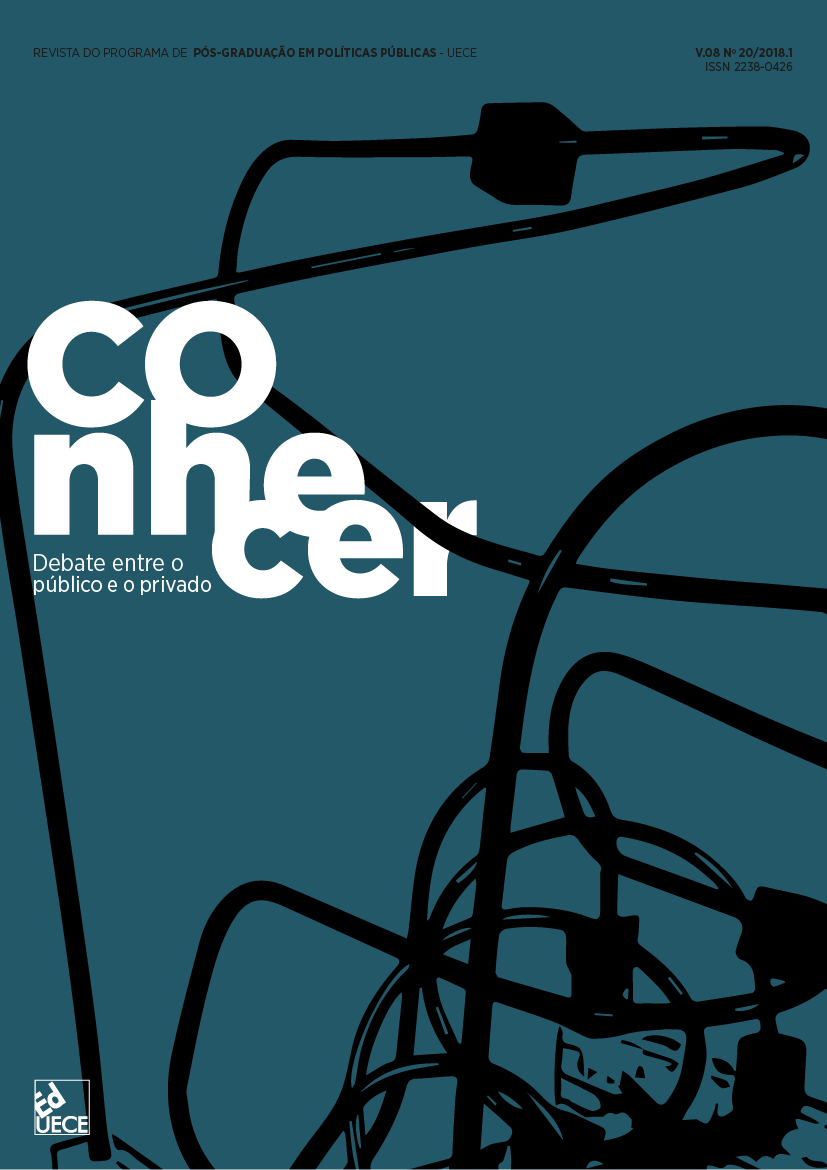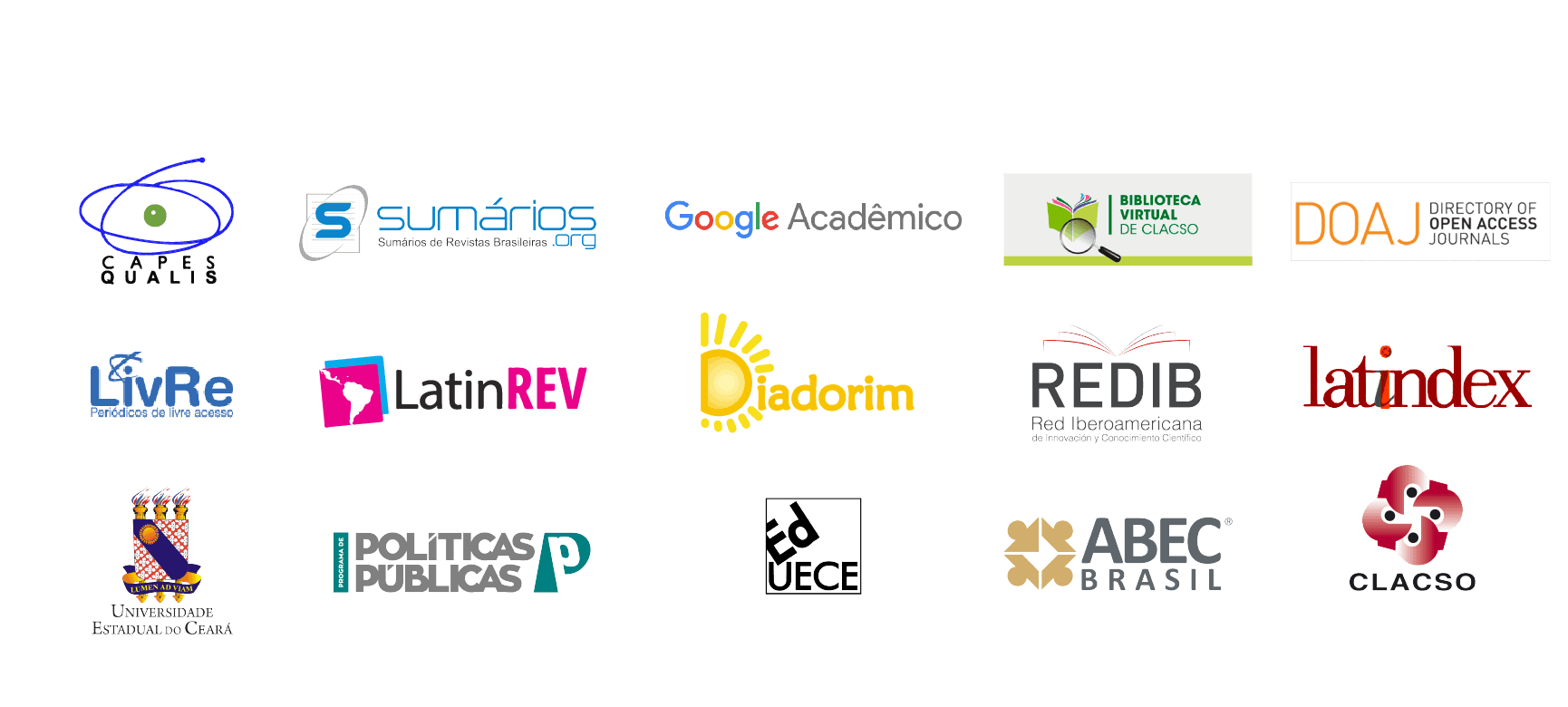Los límites y las posibilidades de los Cucas como política pública de juventudes en red
DOI:
https://doi.org/10.32335/2238-0426.2018.8.20.1048Palabras clave:
Políticas públicas, Juventudes, Equipamiento público, Protección socialResumen
Este artículo analiza el modelo de red aplicado a las políticas públicas de los centros urbanos de cultura, arte, ciencia y deporte (Cuca), que surgió como un fenómeno complejo y multifacético, requiriendo una mirada atenta a las posibles alteraciones en la forma de organización de la sociedad actual y en los últimos 10 años. En este período, se observan nuevos desdoblamientos institucionales en las articulaciones, en las alianzas y en la formación de políticas públicas en redes, con acciones de la sociedad civil organizada, de órganos de gobierno y de empresas privadas. En este sentido, lecturas y observaciones participantes realizadas en investigación de campo se muestran importantes para el análisis de este modelo institucional denominado “red” y adoptado en las políticas públicas municipales de juventudes (PPJs) en Fortaleza, Ceará, Brasil, más específicamente en los equipamientos públicos municipales denominados Cucas. A pesar de las innovaciones, se constataron algunas limitaciones, como: ausencia de autonomía financiera de la Coordinación Especial de Políticas Públicas de Juventud (COEPPJ); alta fluidez/flexibilidad de las relaciones laborales de los colaboradores; bajo grado de articulación e integración entre los órganos involucrados en esta política transversal; cuestiones espaciales; y el reducido capital humano. Tales limitaciones deben ser consideradas y enfrentadas para la continuidad y el avance de estas PPJs.
Descargas
Descargas
Publicado
Cómo citar
Número
Sección
Licencia
Autores que publicam nesta revista concordam com os seguintes termos:
Autores mantém os direitos autorais e concedem à revista o direito de primeira publicação, com o trabalho simultaneamente licenciado sob a Licença Creative Commons Attribution que permite o compartilhamento do trabalho com reconhecimento da autoria e publicação inicial nesta revista.




